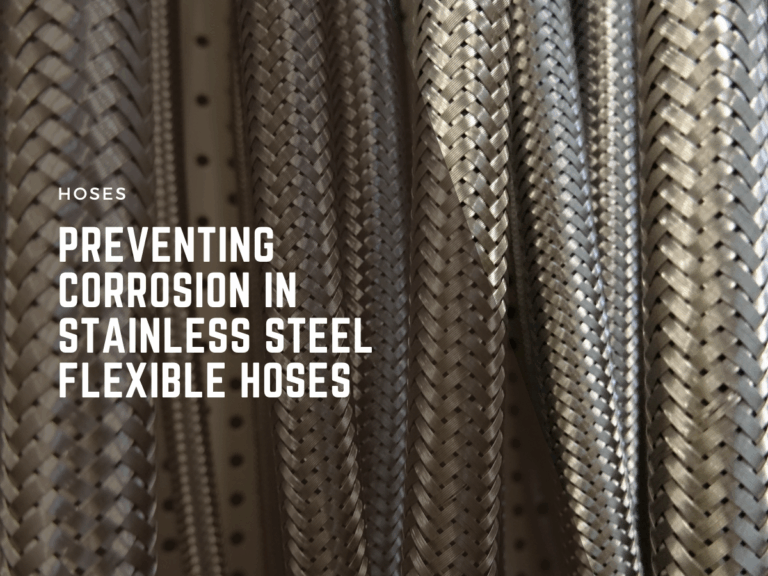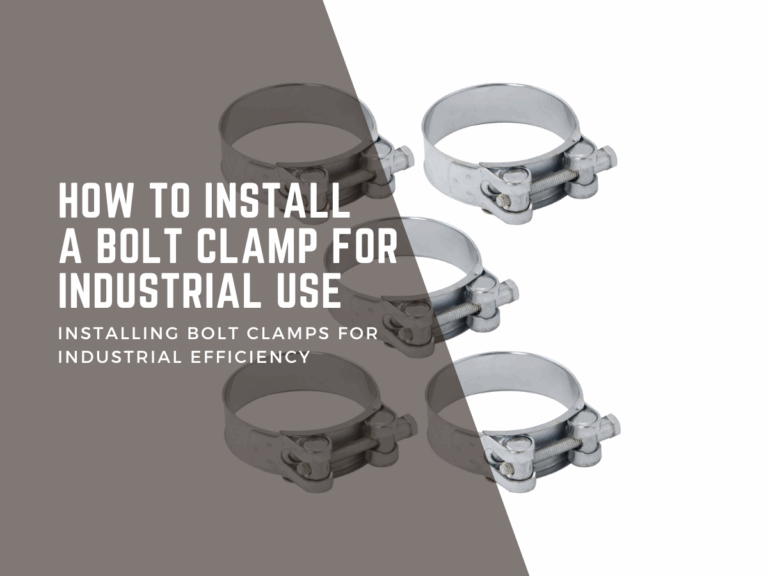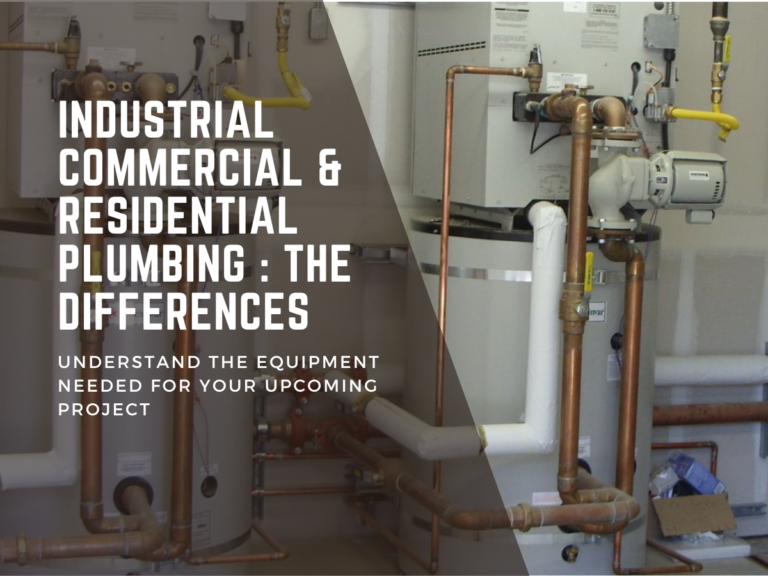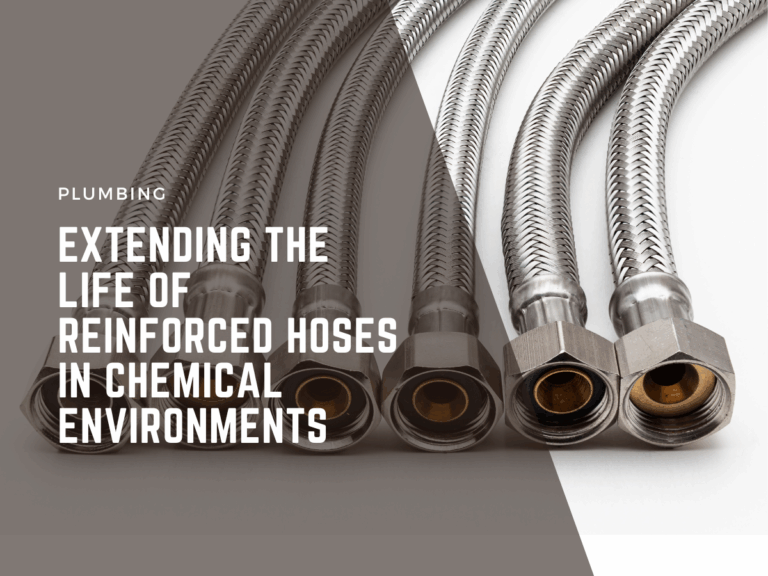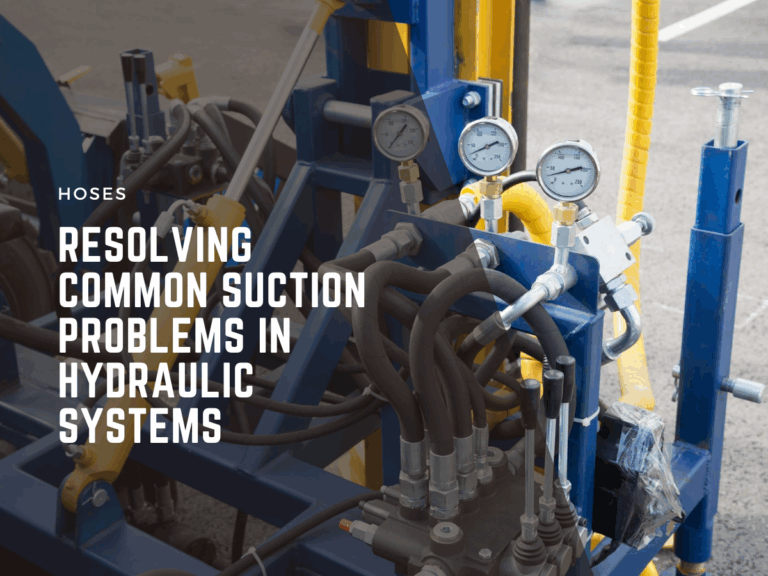Is low pressure in your hydraulic hoses compromising machine performance or causing downtime? Even a minor drop can severely affect operations. This includes slowing processes, degrading performance, or leading to equipment failures.
It is frustrating when vital components, like hoses, fail to perform as expected. In Malaysia, hydraulic hose performance is significantly impacted by constant heat, humidity, and sudden downpours. Hoses here face heavy usage and environmental exposure year-round.
Knowing how to spot pressure drops early is crucial. Quick, effective fixes prevent shutdowns. This ensures consistent operation in manufacturing plants and processing facilities across the region.

Common Causes of Low Pressure in Hydraulic Hoses: Understanding the Root Issues
Why is your hydraulic system not delivering its built-in output? When a hydraulic hose loses pressure, system performance declines. Several common issues frequently cause this, especially under tough industrial conditions and Malaysia’s humid weather.
Here are primary causes for low pressure in hydraulic hoses:
- Leaks: A small crack or loose fitting may not be immediately obvious. However, it can quickly escalate into a major issue under constant pressure. Leaking hoses not only reduce efficiency but also risk damage to nearby components.
- Blockages: Dirt, debris, or sludge from poor filtering or handling during setup can clog hoses. This leads to uneven flow or complete pressure blocks within the system.
- Ageing Hoses: Over time, hose materials stiffen, crack, or wear internally. Older hoses become weaker and less flexible. This directly affects flow strength and overall system performance.
- Incorrect Hose Size: A hose that is improperly sized for the system’s pressure and flow needs causes inconsistent performance. It can severely limit hydraulic power delivery.
- Loose Fittings: Fittings that loosen due to vibration or improper installation are a frequent source of pressure loss. Correct installation practices are paramount.
Malaysia’s hot and wet conditions push hoses to their limits. Temperature swings between sunny mornings and heavy storms stress materials. This climate accelerates wear on pipes and fittings, making early detection critical.
Identifying Signs of Low Pressure: Proactive Diagnosis
How can you quickly identify low pressure issues without specialized tools? Several behaviors and signs indicate when hydraulic hoses are underperforming. Observing these can prevent extensive damage.
Here are key indicators to watch for:
- Performance Slowdown: If machines feel sluggish or take longer to complete tasks, it signals a loss in hydraulic pressure. This directly impacts operational efficiency.
- Irregular Flow or Jerky Movement: A machine moving in erratic bursts or stalling at points suggests an internal blockage or leak. This disrupts smooth hydraulic power delivery.
- Unusual Sounds: Popping, screeching, or knocking noises during machinery operation can point to pressure gaps within the system. Such sounds warrant immediate investigation.
- Visible Hose Damage: Look for bulging areas, surface cracks, or any oil seepage along the fittings. These are clear signs that the hose’s internal structure is failing.
- Overheating: When pressure is unstable, the hydraulic system often runs hotter than normal. Touching outer metal components can sometimes reveal excessive operating temperatures.
For example, a production line using hydraulic presses might experience delays when the pressing step takes longer or lacks consistent force. This strongly indicates the hose isn’t holding pressure. Spotting the issue early enables a quick fix rather than a total shutdown.
Quick Solutions for Low Pressure Issues: Immediate Steps for Restoration
When hydraulic hoses start failing, rapid intervention is crucial for maintaining operations. Several common solutions can be applied quickly once the issue is identified.
- Tighten Fittings: Loose joints are among the easiest fixes. Use the appropriate tools and meticulously double-check every connection point. This can often restore pressure immediately.
- Replace Worn-Out Parts: If any section of the hose is cracked or leaking, immediate replacement of that section or the entire hose is best. Patching solutions will not withstand daily industrial use.
- Clean Out Blockages: Fully shut down the system. Flush any blocked hoses (https://www.simlecco.com.my/product-category/industrial-hose/) with a safe cleaning solution or air pressure. Reinstall only after ensuring complete cleanliness.
- Remove Trapped Air: Air bubbles significantly reduce power delivery and affect response. Properly bleeding the system helps restore smooth, consistent operation.
- Match the Hose Type: Always use hoses specifically suited to your system’s pressure and heat range. A mismatch reduces overall efficiency and hastens wear.
We emphasize using hoses designed for Malaysian weather for longer life and better performance. UV-resistant and moisture-shielded designs protect against cracking and weakening from environmental exposure. Quick patch jobs are inadequate for serious industrial applications. If issues persist, consulting a hydraulic expert ensures a faster and safer resolution.
Preventive Measures to Avoid Future Issues: Proactive Maintenance
How can you proactively prevent future hydraulic pressure problems? Fixing current issues is good, but planning ahead to avoid future trouble is even better. Consistent maintenance habits can prevent these problems from emerging entirely.
Develop a fundamental routine. Start by logging past performance issues. If the system has a history of pressure trouble, track the timing, environment, or specific conditions where issues arose. This data informs future preventive actions.
We recommend these easy checks during regular inspections: Run your hands down each hose to check for firm or brittle spots. Watch out for oil stains, leaks, or scuffs on the hose surface. Gently shake each fitting to verify secure connections. Observe the hose in motion, ensuring no sharp bends or twisted sections are present.
Take extra care during new hose installation. Allow adequate space for movement. Avoid stretching or twisting hoses to force them into place. Use securing brackets to prevent rubbing against housing or moving parts.
When selecting a new hose, confirm its pressure rating, coating materials, and wind resistance. Hoses used constantly in Malaysia’s heat or sunlight break down faster unless specifically built for such conditions. Ensure the entire system, from connectors to pipe length and angles, is properly supported.
Routine cleaning reduces debris buildup. Always check for early signs of rust, corrosion, or cracking in coatings or sleeves. If the hose’s interior shows breakdown, replacement is the only safe option.
A local manufacturing company in Johor faced recurring issues during the rainy season. Hose leaks spiked, halting packing lines. After switching to water-resistant outer layers and better-sealing fittings, they saw a major drop in failures. They now inspect fitting tightness and hose surface conditions monthly, with increased checks during heavy rain months. This aligns with Malaysia’s Department of Occupational Safety and Health guidelines for industrial safety.
Keeping Your Hydraulic Systems Running Smoothly: Simlecco’s Commitment
Hydraulic hoses are crucial components. Their failure, often signaled by minor changes in machine response or small oil leaks, can significantly impact operations. Staying alert to hose condition saves time and avoids major disruptions.
We emphasize keeping fittings tight, regularly checking for cracks, and flushing out dirt. These practices prevent many problems. Establishing a steady routine and using parts specifically built for local weather is the best path to consistent performance.
You don’t need the latest technology to spot or solve hose problems effectively. What matters most is consistency. Regular inspections, high-quality hose types, and safe installation are often all it takes.
When pressure problems persist after basic steps, consulting a professional helps prevent worse damage and keeps systems in motion. Proper care makes systems safer, enhances production flow, and avoids hidden delays. Simlec Co offers solutions built for industrial demands in Malaysia, with dependable materials and expert design. Explore our range of high-performance hydraulic hoses crafted to support long-term system performance.


